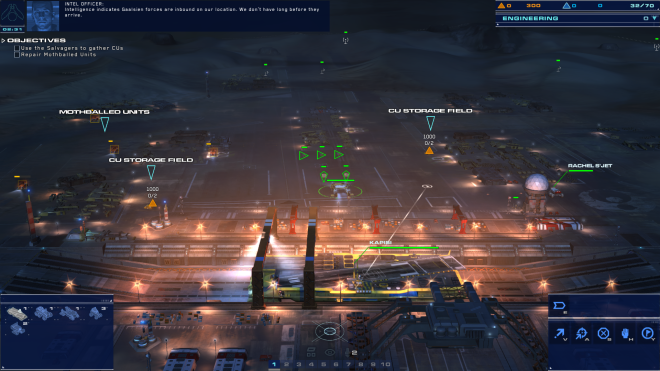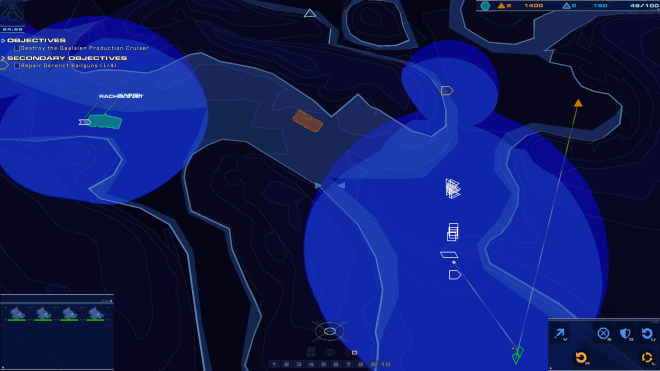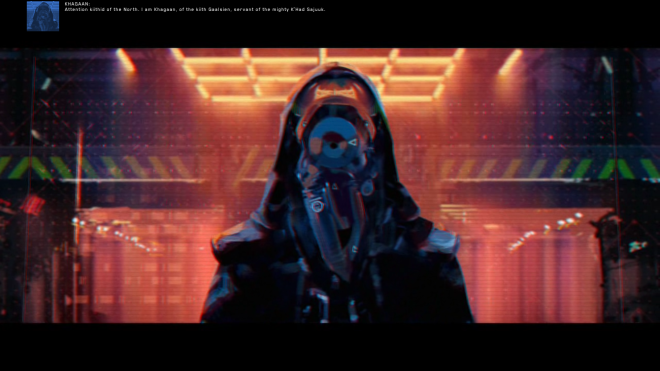Homeworld: Deserts of Kharak
Overview -
'Homeworld: Deserts of Kharak' started its life as 'Hardware: Shipbreakers', a non-Homeworld title in development by Blackbird Interactive. Blackbird’s staff includes several developers from the original 'Homeworld' team, and when Gearbox purchased the seminal RTS’ IP in 2013, they tapped Blackbird to create a prequel. Unlike last year’s 'Homeworld Remastered Collection', 'Deserts of Kharak' is a brand-new experience, utilizing the Unity engine.
Video Review

I have few complaints about the gameplay or story of 'Homeworld: Deserts of Kharak', but the game struggles in its presentation. Even on a machine with hardware above its recommended specs, 'Kharak' had a consistently low framerate and choppy visuals. I dropped the visual settings to the lowest tier possible, which didn’t help much. During in-engine cutscenes, the framerate hits the single digits. During normal gameplay it stays higher, but Unity is capable of far more. Textures and vehicle models look simple, but the FMVs retain the mysterious charm that 'Homeworld' is known for.
Audio Review

The score is tribal, even primordial, and uses less of the heavy bass found in most science fiction games. Voice acting and sound effects are top notch. There is a persistent radio background chatter that, while of a lower volume, is still distracting. Thankfully, it can be modified in the settings.
Final Thoughts

'Homeworld: Deserts of Kharak' is a good game and a worthy addition to the lofty 'Homeworld' canon, but its technical issues are a serious concern. Despite the weaknesses in its visuals and performance, it is a strong RTS with a first-class tactical formula and decent narrative.












